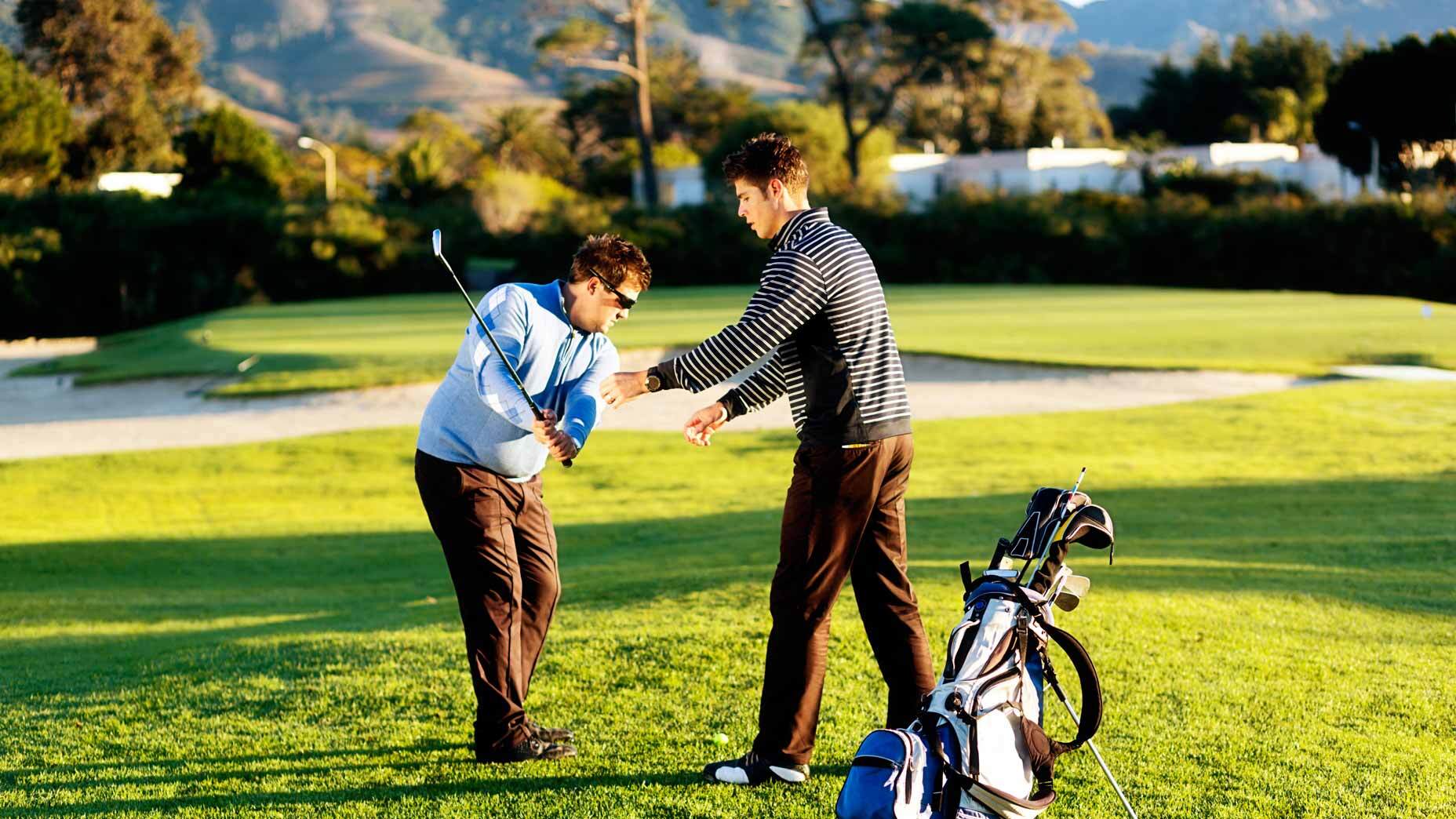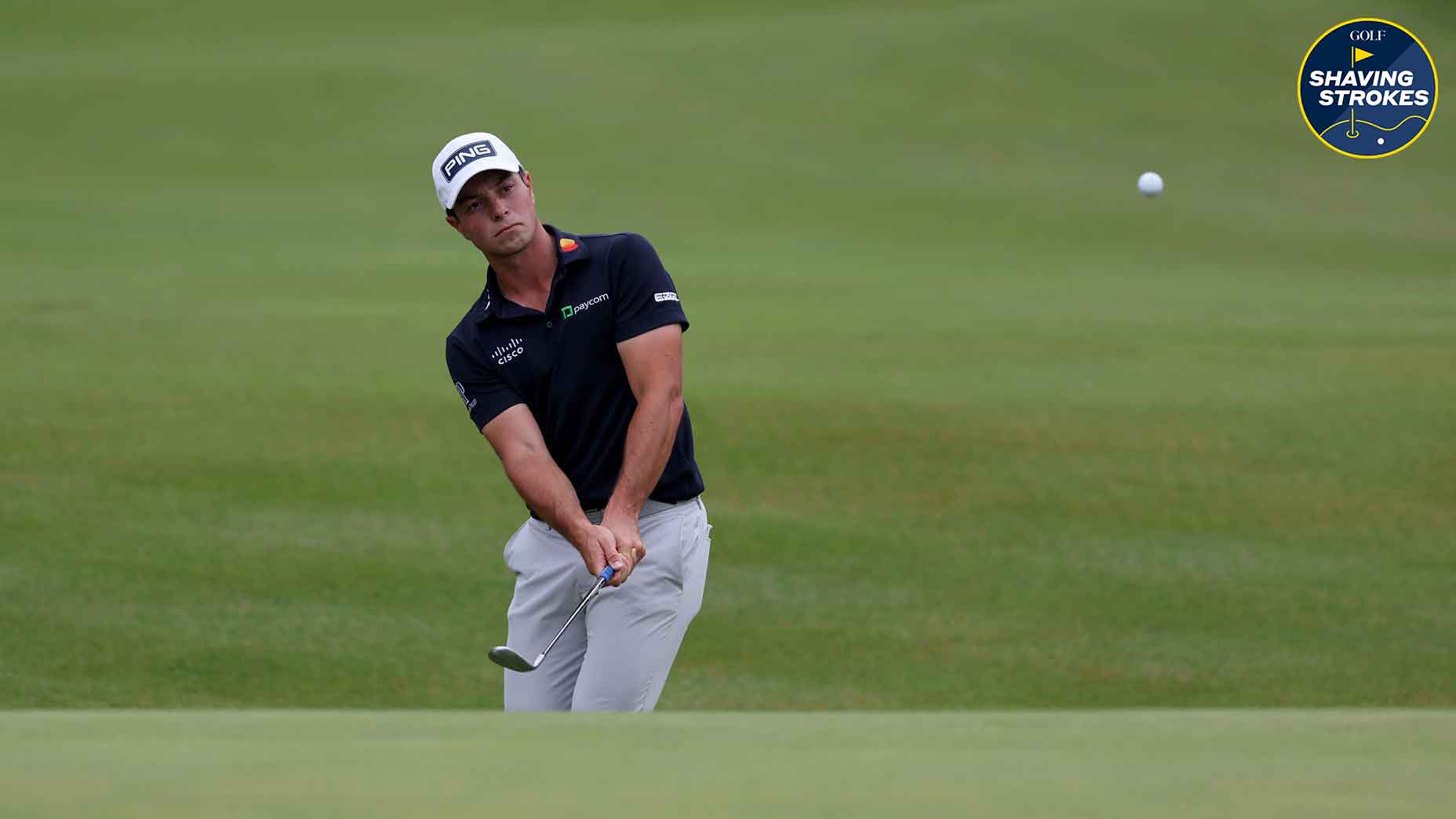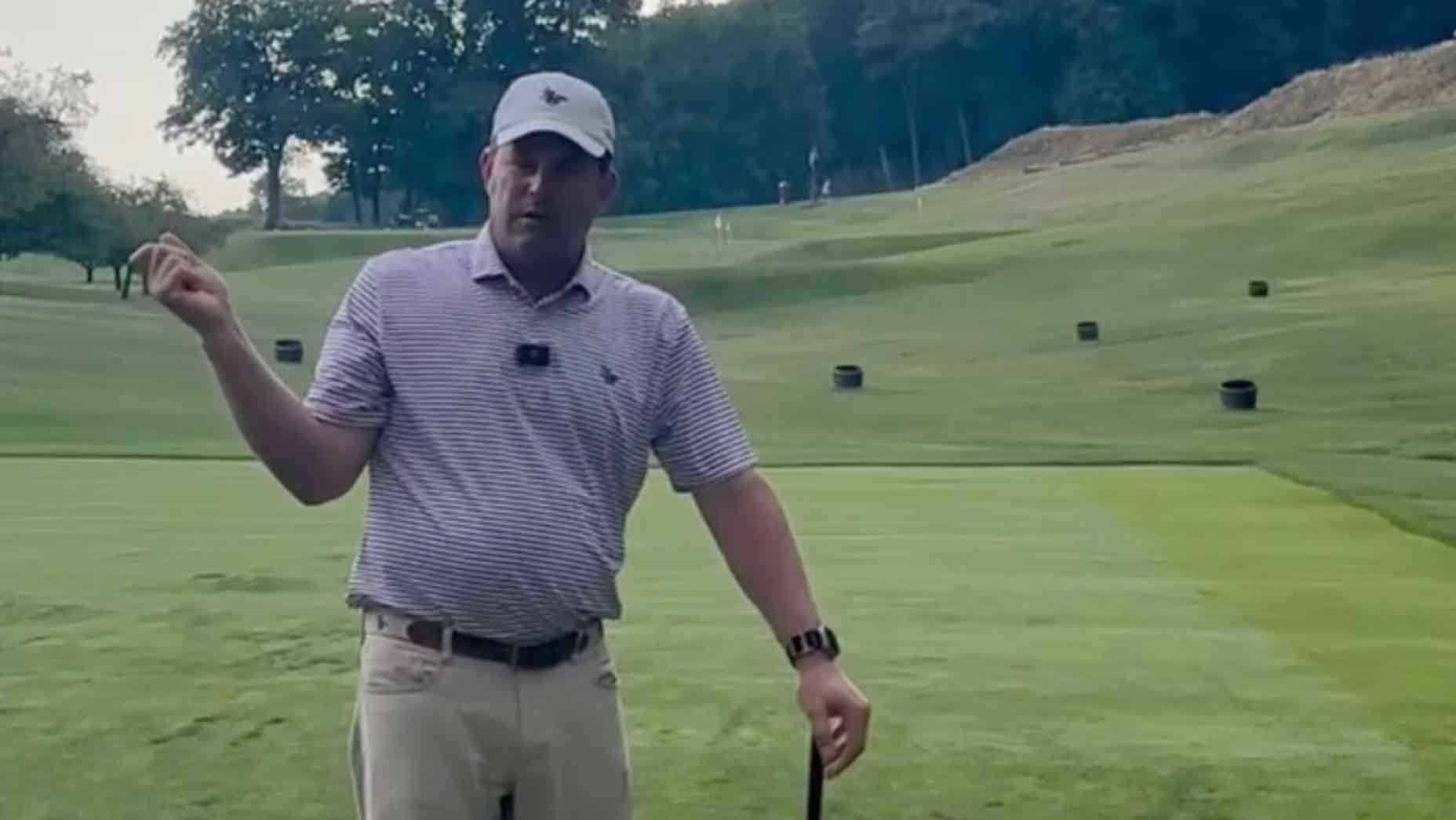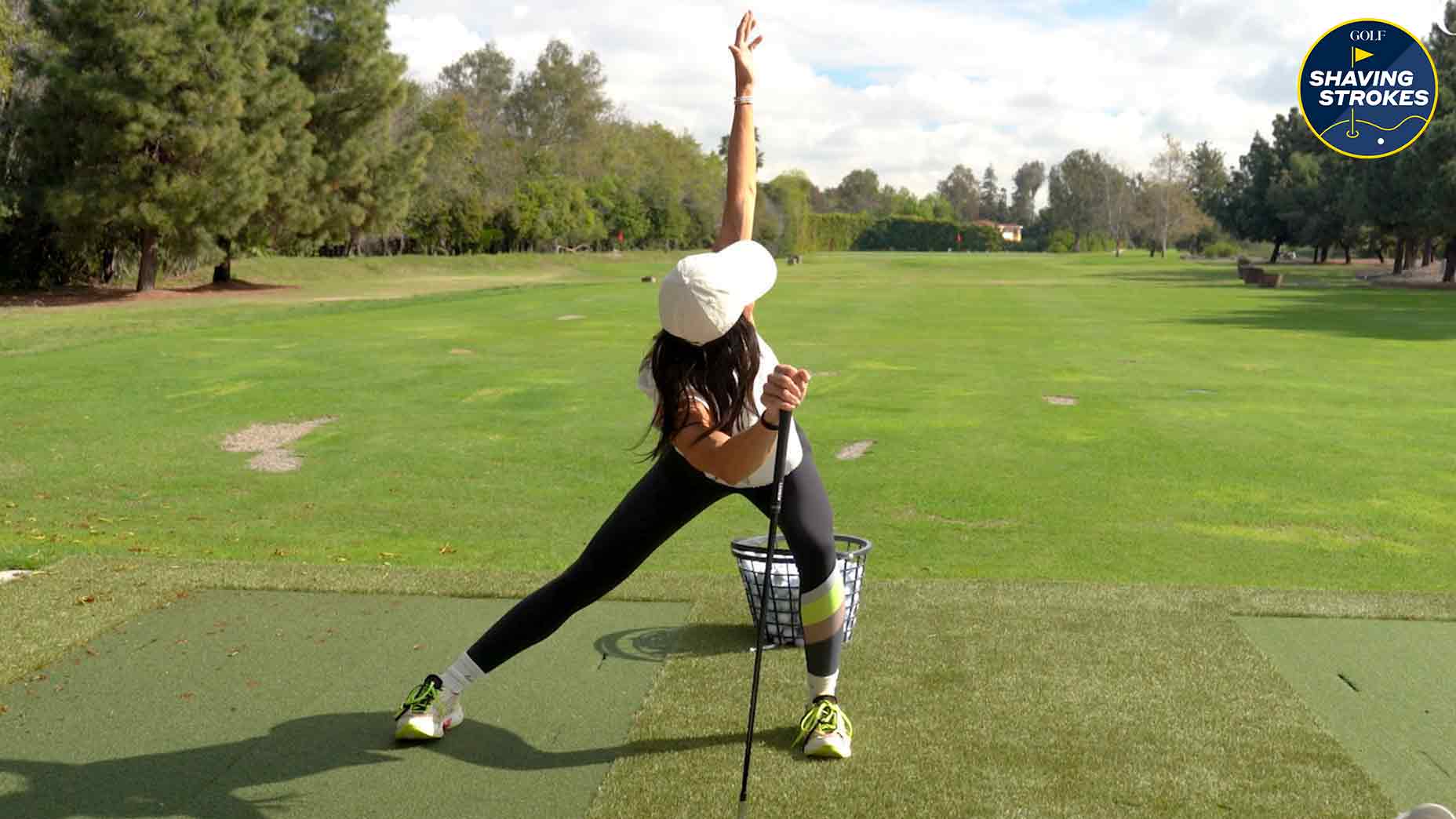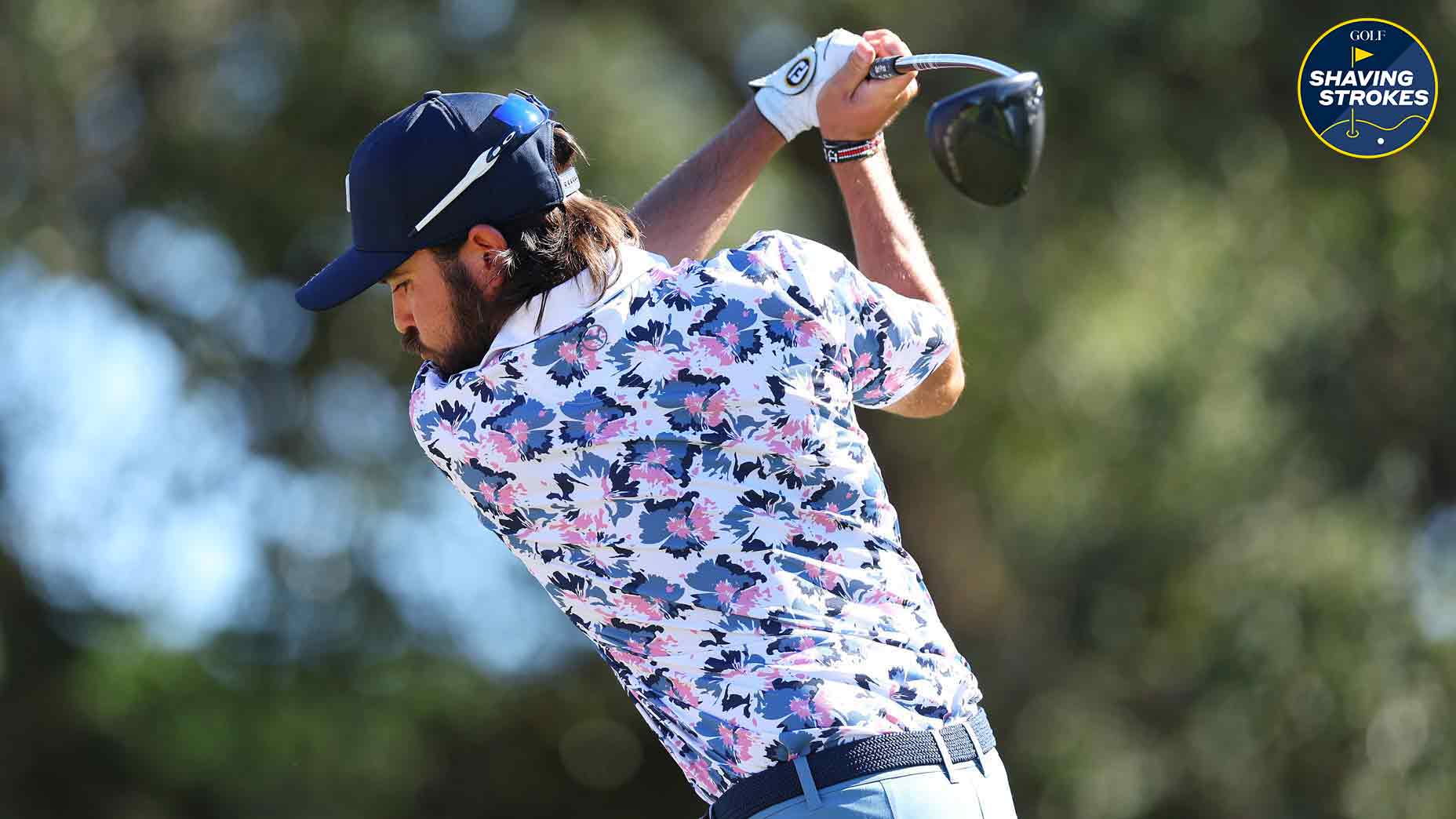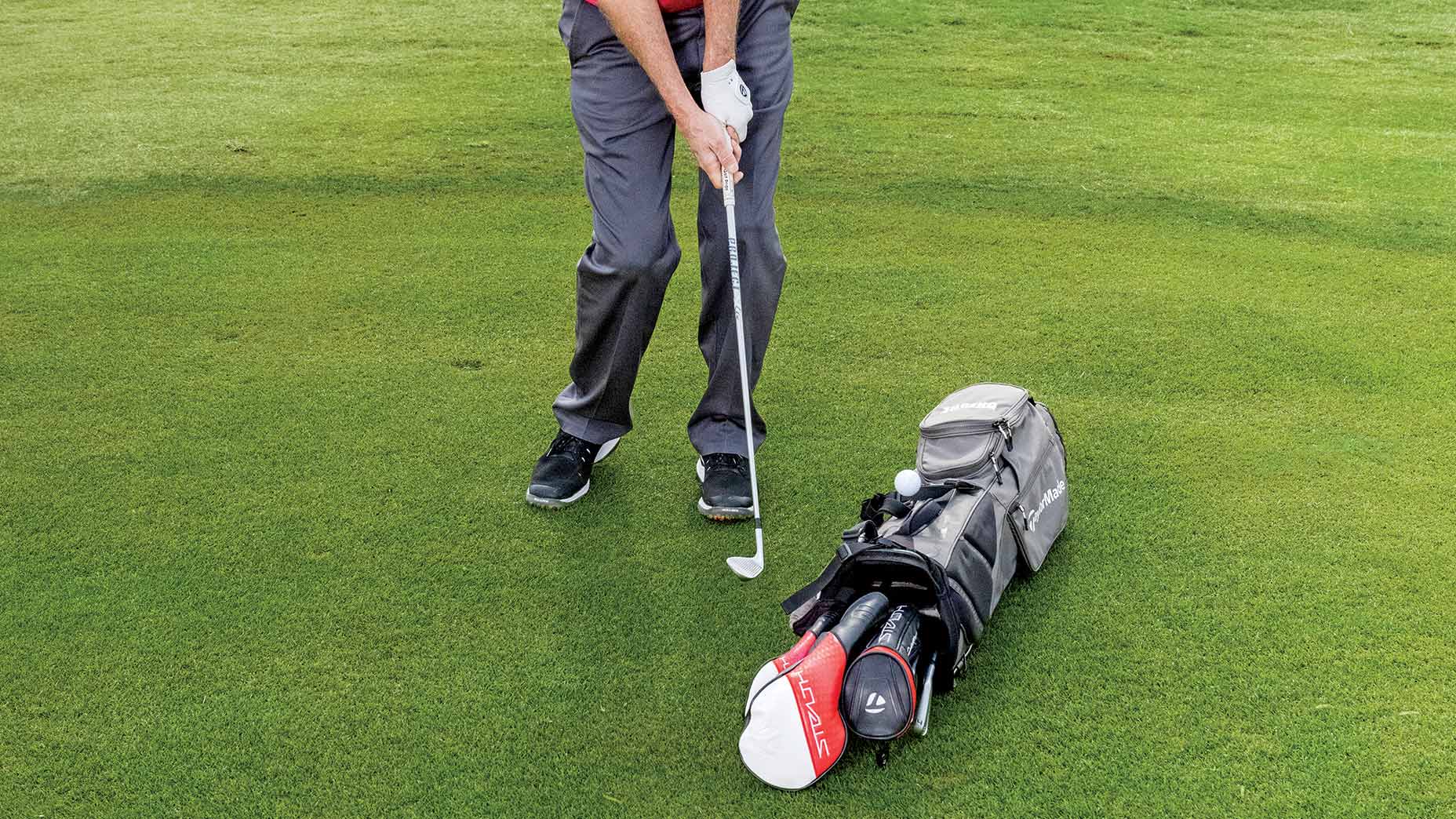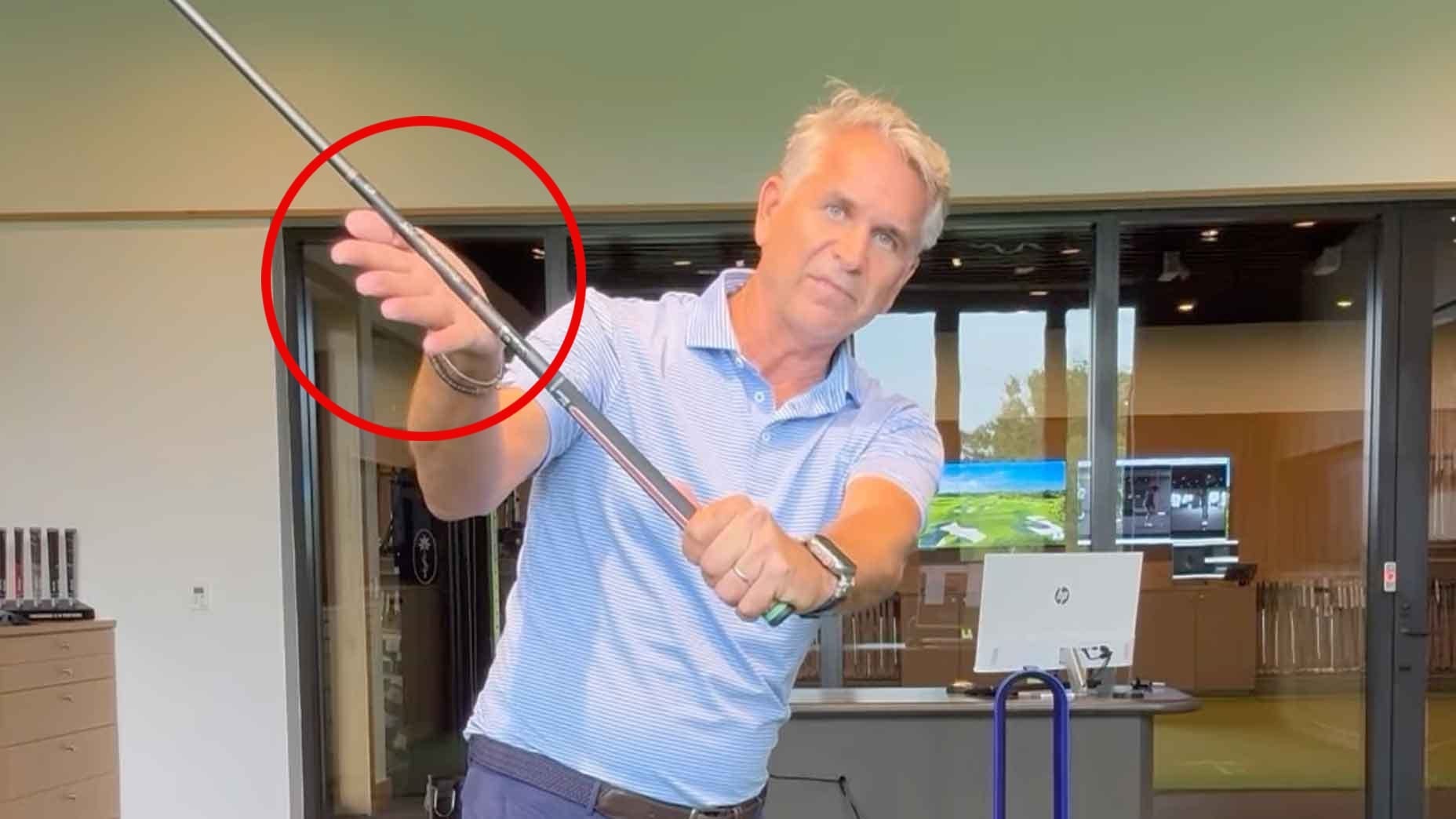10 reasons why you should *always* take a practice swing

To get loose and feel the shot you're about to take, here's why a practice swing will help.
Getty Images
Does a practice swing really help you, or does it do more harm than good by causing you to overthink the shot in front of you?
While there are different opinions and debates over the topic, I personally think every golfer should take a practice swing.
Since perfect practice makes perfect, give yourself the feel and confidence to succeed thanks to the law of recency — meaning, when things are equal, the things learned last will be best remembered.
This is why a practice swing is so important; and I provide 10 reasons why below.
1. Turn thoughts into a feel
The less you need to think, the more simple golf will become. I like to think of a practice swing as a way to turn your thoughts into a feel. Once you have the feel, step up and repeat that with the ball. It’s easier to recreate than to reinvent.
2. Get used to the length of the chosen club
When you practice on the range, you can get used to hitting the same club over and over, becoming accustomed to the length of a specific club. However, when you play on the course, you’re constantly changing clubs, so you need to test drive things before going pedal to the metal!
A practice swing will help get you used to the longer or shorter club, which will help with consistency.
When a golfer switches to a longer club and does not take a practice swing, I will often see a fat shot. When a golfer switches to a shorter club and does not take a practice swing, I often see a thin or topped shot.
So take the time to get the feel for what tool you’re using.
3. Feel the swoosh of the driver
When taking a practice swing with a driver, you should hear a “swoosh” sound. This lets you know that you’re generating speed.
It’s also important to avoid hitting the ground when practice swinging with your driver. If you hit the ground, this is a sign of a swing that is too steep, which can cause huge losses in distance or pop ups.
If you tend to pop your drives up, pay particular attention to hearing the swoosh and not the thump of the ground.
4. Improve rhythm
Practice swings can be very helpful to improve rhythm with both full swings and shorter swings as you get closer to the green.
Try to make your practice swings real, simulating how it will feel for your real shot. Take numerous practice swings until you get comfortable if need be.
5. Feel the backswing length for the short game
When you take practice swings for your short game, you have several responsibilities.
First, you want to make sure that your club is hitting the ground — which ensures that the ball will get into the air. Second, you want to make the true length of your backstroke, making sure that you’re preparing to carry your ball the desired distance.
This allows you to repeat the motion, rather than needing to think too much and create it during the shot itself.
6. Practice outside of the bunker (prior to entering)
When you’re in a bunker, take your practice swing prior to entering, making sure you make a thump on the ground. This can be particularly helpful for greenside traps, when you really need to be willing to take a lot of sand.
7. Check the bottom of the arc before chipping
Being able to use the bounce of your club while chipping will give you better control of your shot. So make sure you’re brushing the grass before hitting your shot by taking a practice swing.
Ideally, your chosen club will bottom out slightly forward from the center of your stance. So when you take your practice swing, you can check your setup by seeing where the club is hitting the ground.
This preparation then allows you to make subtle adjustments (if needed) prior to hitting the ball.
I suggest using the divot board to help get this feel.
8. Putting – Feel the backstroke length
On the putting green, before committing to your shot, always take a practice swing. This helps declutter your mind, and allows you to focus on the shot at hand.
Backstroke length controls how far your ball rolls on the green, and practicing that motion is the most direct way to become great at rolling your first putt close to the hole.
When you watch good players prepare to putt, they often take their practice strokes looking at the hole, which helps them visualize the distance and help them gauge the size of their backstroke.
9. Make a compromised practice swing
If you’re a golfer who prefers not to take practice swings — but still struggles with consistency — you should consider taking a compromised practice swing.
This means you take your chosen club and just wiggle it from hip to hip, having it brush the grass just a bit before setting up over your ball.
By doing this, you’ll get a feel for the weight and length of the club, and it will give you the necessary feel for brushing the grass.
10. Feel the uneven lies
When you have an uneven lie, like try to make your practice swing on similar terrain. Naturally, this helps you replicate the situation that you’re about to face.
Whether the ball is above your feet or below your feet, you’ll want to get a good feel for how to execute the shot, ensuring you don’t chunk or top the ball.




